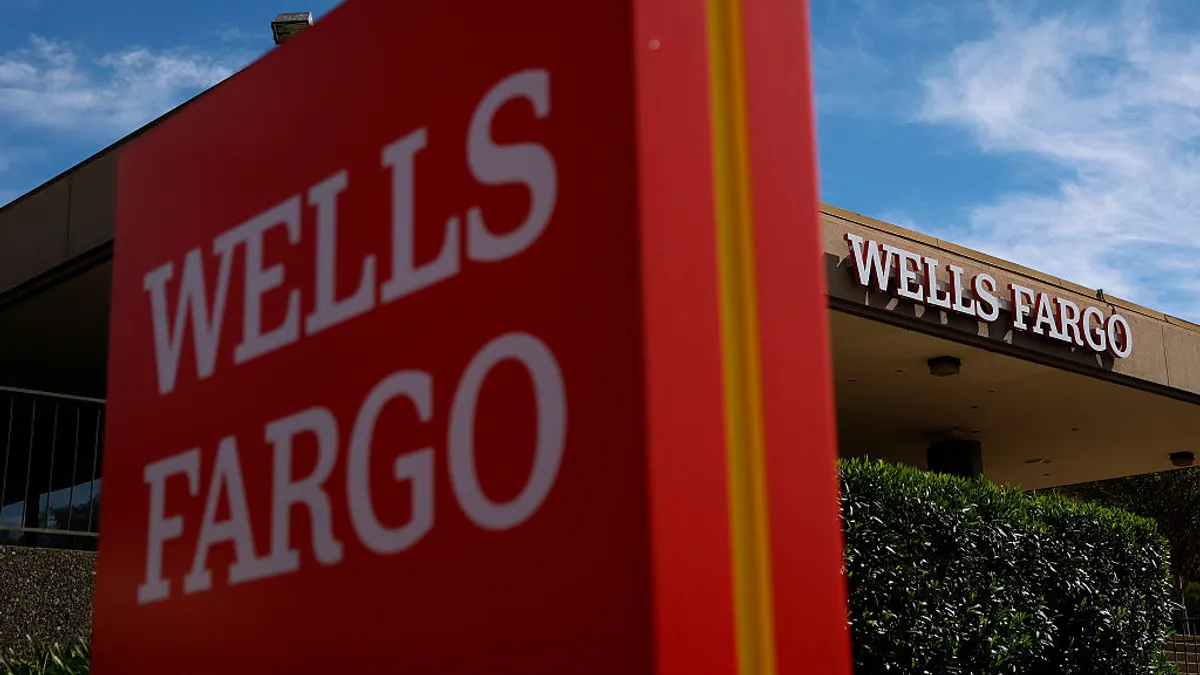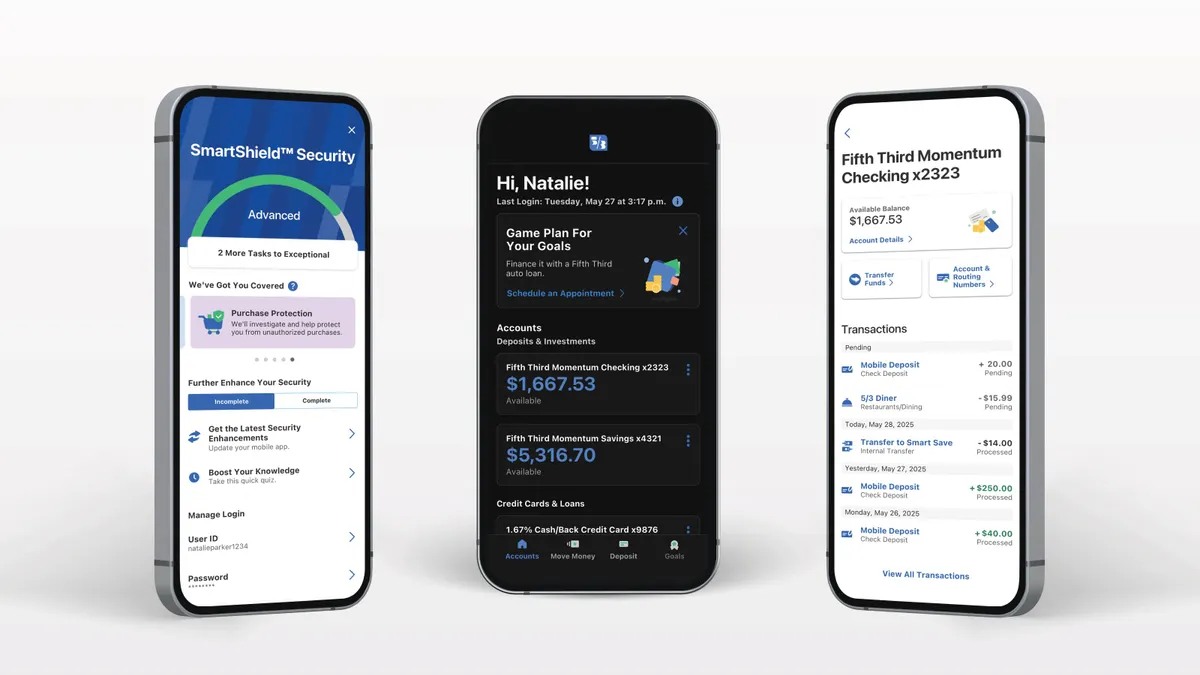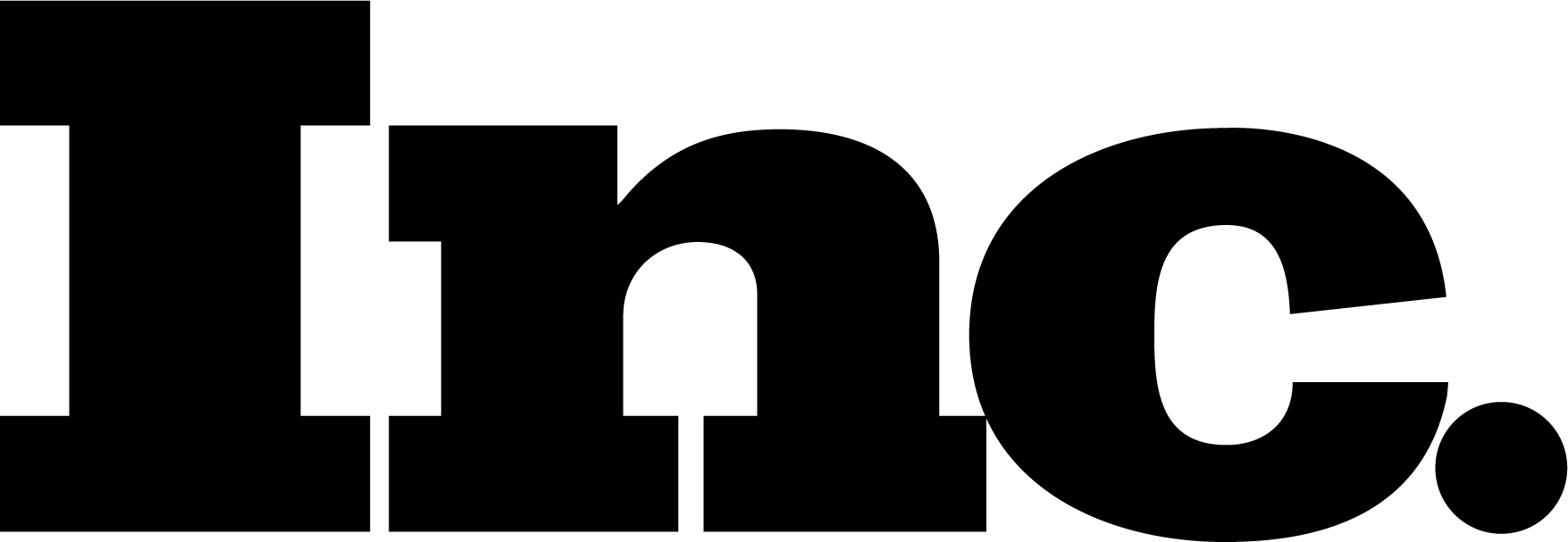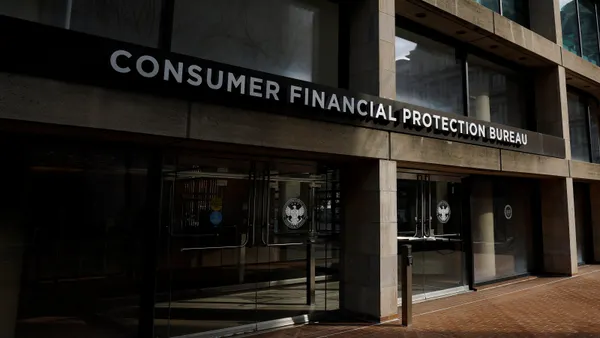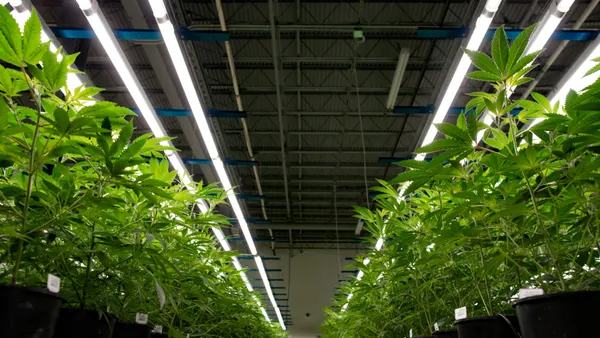Dive Brief:
- Banks are raising the borrowing limit on customers’ credit cards without their knowledge, a Bloomberg report indicated Thursday.
- Outstanding card borrowing reached a record $880 billion at the end of September, according to a November report from the Federal Reserve Bank of New York.
- Capital One analysis showed customers use the same percentage of their credit line before or after a limit increase, meaning the same customer carrying $4,000 in debt on a $5,000 limit would be prone to carry $8,000 if the ceiling was $10,000. The company began offering higher limits to customers after executives were pressured in 2017 to meet growth targets, a person with knowledge of the situation told Bloomberg.
Dive Insight:
The Federal Reserve Bank of Boston concluded similarly, in a December 2017 paper, that "nearly 100% of an increase in credit limits eventually becomes an increase in debts."
Since card issuers make money through fees and interest, and interest revenue increases as a customer owes more, it is reasonable that banks can benefit by targeting consumers to carry large balances without defaulting.
U.S. issuers took in $179 billion from interest and fees last year, according to data from payment consultants R.K. Hammer cited by Bloomberg. And interest rates on credit card balances reached the highest level in more than two decades.
Regulators curbed proactive credit line increases — the practice of boosting customers’ available balances without their knowledge — after the 2007-08 financial crisis. Countries such as Australia have banned them. Canada requires consent from borrowers. And British banks have agreed not to offer increases to customers in persistent debt. In the U.S., the Credit Card Act of 2009 requires banks to consider customers’ "ability to pay" before boosting limits. That means calculating whether a consumer would be able to make the minimum monthly payment due if the entire credit line were used.
The Consumer Financial Protection Bureau (CFPB) found that U.S. issuers boosted credit lines for about 4% of cards in each quarter of 2018. That’s double the rate in 2012, Bloomberg found. But the regulator also found that increases came faster for subprime and near-prime customers.
Banks defend the increases as good customer service, saying they take care in raising spending limits and discourage reckless borrowing.
"Capital One examines a number of factors before determining whether a customer is eligible for a credit line increase, including reviewing their credit and payment history, debt-to-income ratio and ability to pay," a spokeswoman told Bloomberg in a statement. "Acting in the best interest of our customers is our paramount consideration at every step of our credit decisioning process — every policy, practice, discussion and service we offer is grounded by that core principle."
JPMorgan Chase said it avoids raising limits for subprime cardholders.
"In a very targeted way, we grant credit line increases to creditworthy customers who have demonstrated consistent usage of the card and have shown strong repayment patterns," a JPMorgan spokeswoman said.
D’Ante Jones, a musician from Houston, said JPMorgan nearly doubled his spending limit last year — without consulting him — when he had almost reached his borrowing limit. "It’s like putting a sandwich in front of me and I haven’t eaten all day," Jones told Bloomberg. "How can I not take a bite out of it?"
Banks can also let customers reverse the increases, but Jones said he was unaware of that. "I didn’t know there was a way to say no," he said.




